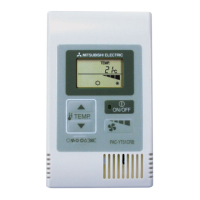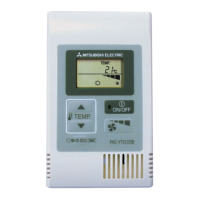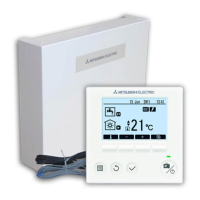Chapter 9
207
Logic programming – Function blocks
The general safety regulations and protective measures have to be observed!
If you use muting, be sure to observe the following information about the correct use of
muting:
Access to the hazardous area has to be detected reliably by the ESPE or be
excluded through other measures. It has to be impossible for a person to pass by,
pass over, pass under or cross the ESPE without being detected. Observe the
manual of the ESPE for the correct installation and use of the device.
Always observe the valid applicable local, regional and national regulations and
standards applying to your application. Ensure that your application conforms to an
appropriate risk analysis and avoidance strategy.
Muting may never be used to transport a person into the hazardous area.
Mount the control devices for resetting and overriding outside the hazardous area
so that they cannot be actuated by a person located in the hazardous area.
Furthermore, when operating a control device, the operator must have full visual
command of the hazardous area.
The muting sensors have to be located in such a way that the hazardous area can
only then be accessed after an intervention in the protective field, if the dangerous
state has been terminated before. One condition here is that the required safety
distances defined in EN/ISO 13855 are observed. At least two muting signals that
are independent of each other are required.
Muting may only be activated for the period in which the object that triggered the
muting condition blocks access to the hazardous area.
The area between the ESPE and the muting sensors must be protected against
standing behind:
– For Parallel muting between ESPE and sensors A1/A2 and between ESPE and
sensors B1/B2 (see Figure 200).
– For Sequential muting between ESPE and sensor A2 and between ESPE and
sensor B1 (see Figure 203).
– For Cross muting between ESPE and sensor A1 and between ESPE and sensor
A2 (see Figure 206)
Muting has to be carried out automatically, but may not depend on a single
electrical signal.
The material to be transported has to be detected along the entire length, meaning
that an interruption of the output signals may not occur (see Suppression of sensor
signal gaps).
Muting must be triggered by at least two independently wired signals (e.g. by
muting sensors) and may not depend completely on software signals (e.g. from a
programmable controller).
The muting condition has to be terminated immediately after the passage of the
object so that the protective device returns to its normal state that was bypassed by
muting (i.e. so that it comes back into force).
The muting sensors have to be positioned in such a way that muting cannot be
triggered unintentionally by anyone (see Figure 196).
ATTENTION

